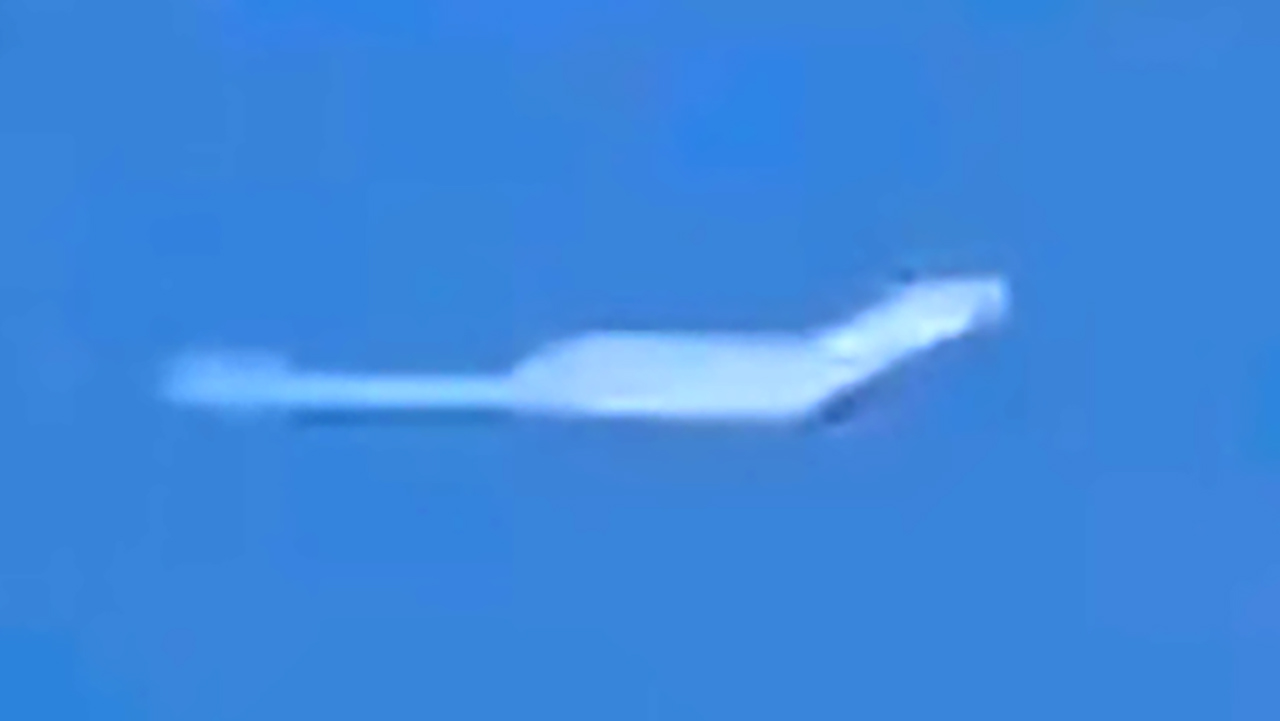Todjaeger
Potstirrer
ANDI have seen simulation videos of B1's carrying numerous air to air missiles to shoot targets identified by F35's. The new F15ex is going to perform in this role as well. A stealthy B21 doing this seems like the perfect air to air domination the air force is looking for.
One of the first thoughts which came to mind was of some of the various Youtube video sims I have seen of other combat engagements. Does Repsim ring any bells for people? Pretty much unless the video sim was put out by something like the USAF, DARPA, the DOD, or maybe one of the major aerospace companies then it was more than likely something created by a fan. Which in turn means it might look nice, but not be something that is technically feasible or perhaps even possible. Something that many people often overlook when they see a large bomber or strike aircraft, with a large bomb bay and featuring a large (in space and/or weight) ordnance capacity, is just what the actual max ordnance capacity would be if the type of ordnance was changed. For example, an AIM-120 AMRAAM weighs ~150 kg, while a Mk 82 bomb is about 220 kg, which works out to three AIM-120's being approximately the same weight as two Mk 82 bombs. However, there are only so many internal hardpoints available inside the B-1B bomb bays, so even though one could carry ~80 Mk 82 bombs, it could not just work out to carrying ~120 AIM-120 AMRAAM's. In fact, with something like an air-to-air missile, some sort of dispenser would be needed to eject the air to air missile sufficiently far out from the bomb bay prior to ignition of the missile's motor to avoid damaging the aircraft. IIRC that was one of the things which had been getting worked on for the F-35, to increase the number of air-to-air missiles which could be carried and then launched from the internal weapons bay.Umm have you read what has been posted above? If you have seen video simulations of the B1 carrying AAM how about posting a link to the videos so that the rest of us can have a look. We'd be quite interested.
What this then leads back, is that in order for such an air-to-air combat capability to actually be fielded, someone would need to design such a system. The system would then need to be built, and successfully complete testing, including ordnance clearance. Lastly, if the capability was ever to be fielded, it would need to be sufficiently viable to meet if not exceed current methods of engaging in aerial combat and delivering air-to-air missiles on target. All of this would of course cost money, and quite likely a fair bit of coin.
Now, apply all the above to the B-21 Raider which is still being developed and tested. As it is, this strategic bomber/strike aircraft is expected to have a per aircraft price tag of ~USD$500 mil. each at roughly current pricing. This is also making two assumptions which could end up proving to be a case of naivete, and/or presumptuous. These assumptions are that there will be no significant developmental problems or cost over runs encountered, and that the currently expected number will be ordered so that the per aircraft development costs do not end up spiking. In order for a B-21 Raider to be able to carry and deploy air-to-air missiles, it too would need some sort of dispenser system developed, as well as the associated avionics, with all the costs driving the B-21 Raider development costs higher than they are already.
Next is the role which some people seem to keep overlooking, which are the currently expected and planned roles for the B-21 Raider. The most important of these would be the deep penetration strike missions, using either nuclear or conventional ordnance. This role then triggers for me the question, which is, "what would one rather a B-21 Raider do on a mission, targeting hostile tacair using offboard assets for targeting, or conducting delaminating deep penetration strikes against targets of strategic value like C4ISR installations and nodes, power generation and distribution points, significant transportation infrastructure like road junctions, bridges and rail lines, or even strikes against supporting military facilities like cratering runways?" Me being me, I would rather a B-21 Raider take out a hostile airfield while most or all the hostile air is still on the ground and while the hostiles are largely oblivious to any inbound strikes by the LO aircraft, rather than trying to have a long-ranged LO strike aircraft hacked into some sort of "arsenal ship of the air".

